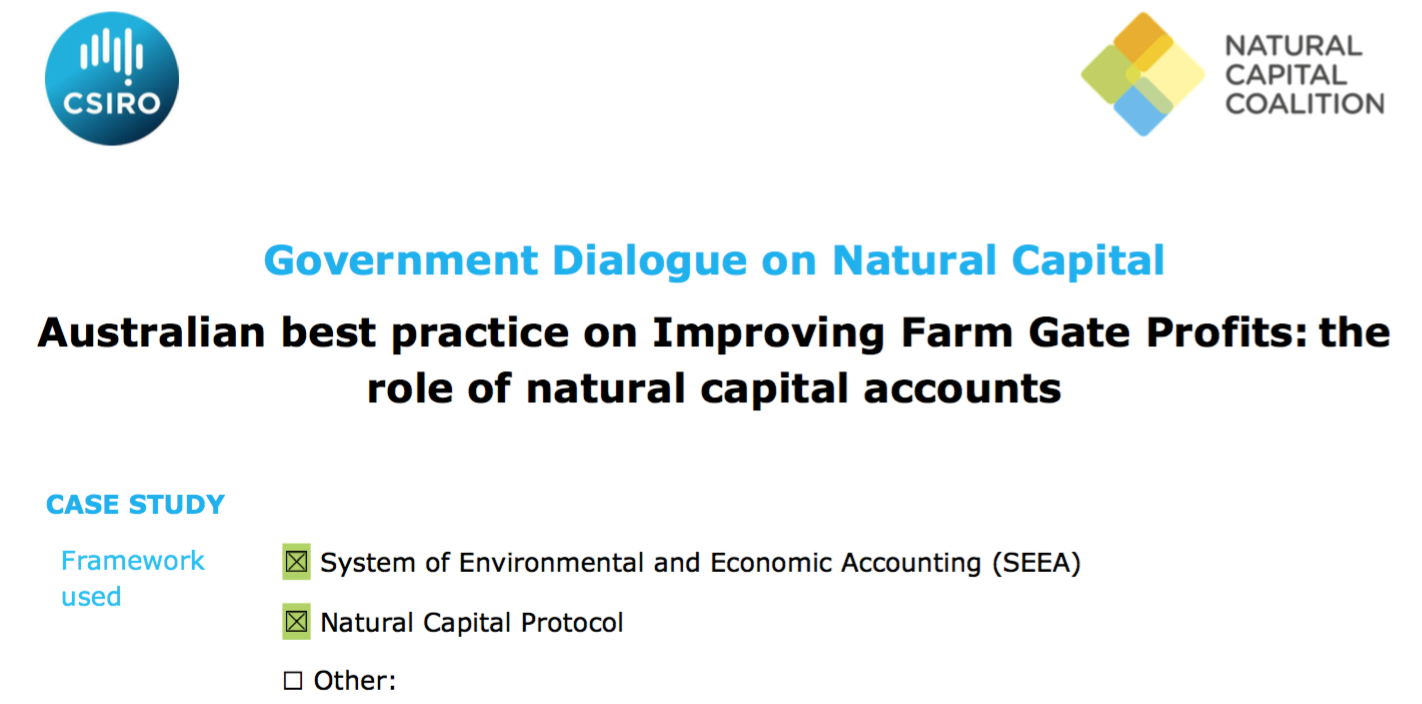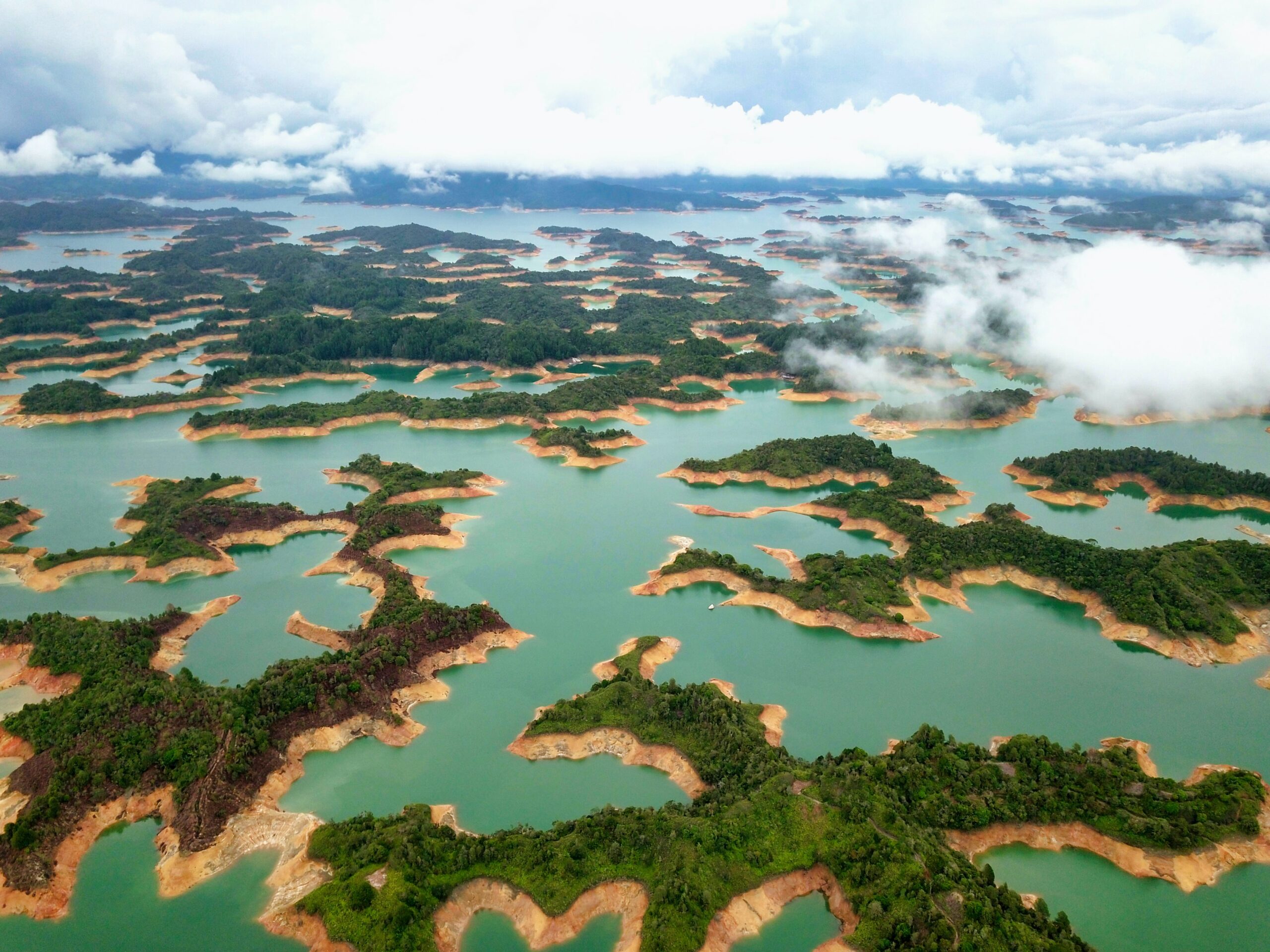The organization/ department in brief
Australia’s Commonwealth Scientific Industrial Research Organization (CSIRO) is Australia’s national research organization. This project is led by CSIRO Land and Water, a business unit within the organization focused on addressing national sustainability challenges for the country and for industries dependent on the national natural wealth. We aim to deliver innovative solutions to the complex challenges that dependency on the environment poses for society and industry.
We work closely with partners in government and industry to improve the use and sustainability of our land and water resources. We also aim to improve capacity in these challenges in emerging economies globally.
Why was this undertaken?
Primary industries have significant dependencies on natural capital, similarly they also potentially pose significant risks to the long term sustainability of these natural capital resources and national wealth. There is growing awareness among innovative agribusiness that the profitability of agriculture is intimately linked to best practice management of natural capital. This project is exploring the proposition that best practice management can drive enterprise profitability through: verifiable environmental credentials and improved access to premium products; access to discounted finance, priced on the basis of demonstrated environmental performance and reduced risk; and improved access to emerging environmental markets. We are testing this proposition using case studies in three diverse primary industries, forestry, cotton and fisheries. The main outcome we are seeking is an improved understanding of the relationship between the condition of the underpinning natural capital assets and the profitability and sustainability of primary enterprises.
What was the scope?
The project has a strong focus on developing the conceptual basis for the relationship between the condition of the underpinning agricultural ecosystems and the enterprise profitability – through the delivery of the primary provisioning services. We are focused on compiling the underpinning evidence base for this conceptual model and will develop trail application of the System of Environmental-Economic Accounting (SEEA) at enterprise scale in the three model systems. The key driver in this philosophy is to work at the enterprise scale and assess the scalability of these accounts to a regional and national context.
What was the role of the Government?
Government is a key player in the development and execution of this project. The Project is a collaboration between primary industries and their levee funded research and development corporations (Forest and Wood Products Australia, Cotton Research and Development Corporation and Fisheries Research and Development Corporation), and national government agencies such as the Bureau of Meteorology, Australian Bureau of Statistics and the CSIRO.
What were the results?
This project commenced in 2018 and is planned to deliver results over the next two years.
Next steps
We are working closely with industry partners in each of the three primary industry sectors to increase their awareness of the industry interactions with natural capital and the relationships with enterprise profitability. We are following the process outlined by the Natural Capital Protocol as a basis for developing a conceptual model of natural capital opportunities for the sector, the dependencies and risks associated with the business operations and to identify key ecosystem processes that drive the delivery of the provisioning, regulating and cultural ecosystem services associated with each industry sector.
Natural capital is not a footnote in a business plan, it is a core asset on the balance sheet. That’s true for an individual business; and its true also for the nation” Ken Henry Chairman National Australian Bank (NAB), Fiona Wain Oration, 31st May, 2016.













